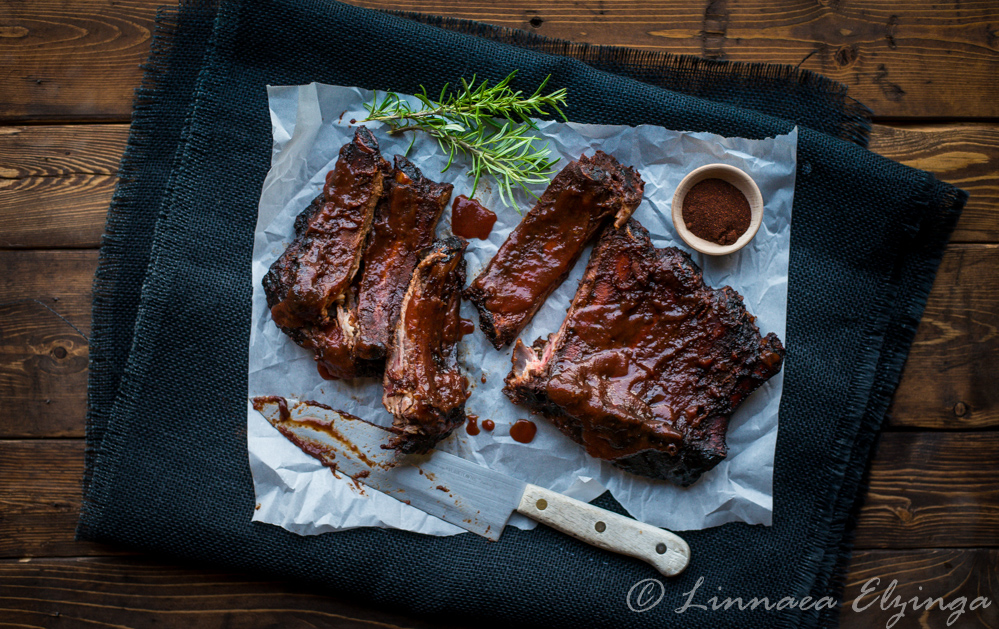Click above menu for cooking basics for specific cuts, from steaks to roasts! Or scroll through the list below and click on the cut you’re interested in.
 Roast Recipes and Basics
Roast Recipes and Basics
Misc Recipes and Basics
Steak Recipes and Basics
Ribs and Bones
Back Ribs, Osso Bucco, Short Ribs, and Bone Broth
Grass Fed Beef Cooking Basics:
A short cooking lesson. There are two basic ways to cook beef: dry heat and moist heat:
- Dry heat methods include dry roasting (with no liquid), broiling, grilling and stir-frying. Success with dry heat methods depend on the cut (naturally tender cuts are the most suitable), cooking temperature (relatively high temperatures), and time (removing the meat before it overcooks). More on this below
- Moist heat methods include roasting with liquid (technically braising or pot roast), simmering in a liquid or sauce, and grilling or broiling a sauce-covered cut. Moist heat cooking is quite forgiving (i.e., it’s tough to destroy a potroast, although it can be done!). Success depends on the right combination of heat, time, temperature, and duration. High heat, moderate duration (like 350 ‘F for about 3 hours depending on the size of the cut) or low heat, long duration (225 ‘F for up to 8 hours) both accomplish the same goal: breakdown of sinew, fat and collagen to yield a tender, moist cut of beef. Moist heat can turn an inexpensive cut of our grass fed beef into marvelously fork-tender delicious beef, full of deep rich flavor with none of the mouth-coating fat typical of these cuts. All of your favorite recipes using slow moist cooking are appropriate for our grass fed beef.
Dry heat cooking of lean grass fed beef requires a few changes in how you cook, but none are complicated or difficult. The key thing to remember is inter-muscular fat in meat acts as an insulator during the cooking process helping to keep natural meat juices from cooking away. Lean beef lacks this fat, and needs a little more attention when cooking in order to maintain its tenderness and juiciness. One thing we have made a regular practice of in larger cuts that we dry roast is to always sear the beef before roasting. This locks in juices and flavor and make a big difference in the final product. (You’ll find many excellent chefs who say searing makes no differences and the “locking in juices” is a myth. We think with typical grain fed beef, which is much fattier, searing may not make much difference in the final product. We have definitely seen a difference, however, with our lean beef. We think the searing “myth” is actually based in fact that harkens back to an earlier day when all beef was more like our grass fed beef.).
Our grass fed beef is very tender, due to our growing methods and our long dry-age, but because it is very lean, our grass fed beef will cook faster than grain fed beef. It is also easily overcooked. The difference between a succulent steak cooked to medium rare, or an overdone piece of shoeleather, is often only the matter of a minute. Beef with lots of fat is more forgiving of sloppy cooking. Armed with attention and a meat thermometer, however, you will find that you can easily prepare our grass fed steaks to rival the very best restaurant quality grain fed steaks.
Any of your favorite recipes will work, as long as you pay attention to internal temperatures.

